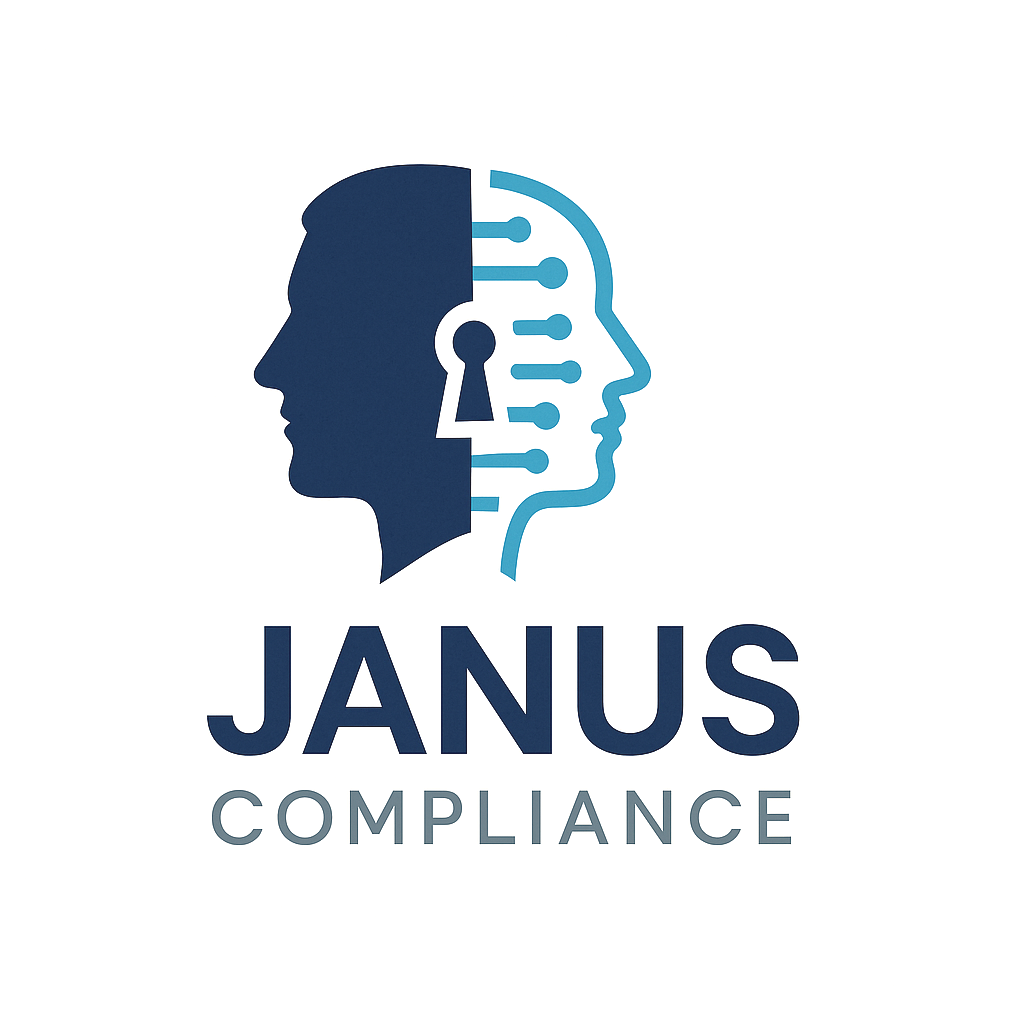Your AI Needs a DPIA: A Founder's Guide to De-Risking Your Innovation
In the rush to deploy cutting-edge AI, many founders and product leaders are overlooking an important, non-negotiable step in their development lifecycle: the Data Protection Impact Assessment (DPIA). Under the UK GDPR/GDPR, if your AI system involves processing personal data in a way that is likely to result in a high risk to individuals' rights and freedoms, a DPIA is not just a best practice; it is a legal obligation.
Failing to conduct a proper DPIA for a high-risk AI project is a clear signal to the Information Commissioner's Office (ICO) that your company is not taking data protection seriously. It's a compliance failure that can lead to significant fines and erode customer trust before your product even gets off the ground.
At Janus, we guide tech companies through this complex process. This article will provide a clear, three-phase framework for conducting a DPIA for your AI system, transforming a daunting legal hurdle into a strategic tool for building safer, more trustworthy products.
What is a DPIA and When Do You Need One?
A DPIA is a systematic process to identify and minimize the data protection risks of a new project. For AI, the ICO has made it clear that you must conduct a DPIA if your project involves:
Systematic and extensive profiling of individuals.
Processing special category data on a large scale.
Using innovative technology in a way that may create new risks.
Given that most commercially valuable AI systems meet at least one of these criteria, the default assumption for any founder should be: if you are building with AI, you need a DPIA.
Phase 1: The Scoping & Consultation Phase
This is the foundational stage where you define the "what" and "why" of your data processing.
Action 1: Describe the Processing. You must document, in detail, the nature, scope, context, and purpose of the data processing. What personal data are you collecting? Where does it come from? What will the AI do with it, and what is the intended outcome?
Action 2: Consult Stakeholders. A DPIA is not a solitary exercise. You must consult with internal stakeholders (your engineers, product managers) and, where appropriate, external ones (a sample of your future users) to understand their expectations and concerns about how their data will be used.
Phase 2: The Risk Assessment Phase
This is the analytical core of the DPIA, where you identify and evaluate the potential harms.
Action 1: Identify the Risks. Think adversarially. What are the potential risks to individuals? Consider everything from data breaches and inaccurate outputs (hallucinations) to the risk of algorithmic bias leading to unfair or discriminatory outcomes.
Action 2: Assess Necessity and Proportionality. For each piece of data your AI processes, you must ask two questions: Is this processing necessary to achieve our purpose? Is the level of intrusion proportionate to the benefit? This directly links back to the principle of data minimisation.
Phase 3: The Mitigation & Integration Phase
This is where you turn your analysis into action.
Action 1: Identify Mitigating Measures. For each risk you've identified, you must propose a specific measure to reduce it. This could be a technical measure (e.g., implementing pseudonymization before data enters the model) or an organizational one (e.g., human review of high-stakes AI decisions).
Action 2: Integrate Findings into Your Build. The DPIA is a living document. Its findings must be integrated directly into your product development lifecycle. The mitigating measures you identify become technical requirements for your engineering team.
Conclusion: From Compliance Hurdle to Strategic Tool
Viewing the DPIA as a mere compliance checkbox is a strategic error. It is a powerful framework for building better, safer, and more trustworthy AI products. It forces you to ask the hard questions about your data practices before you write a single line of code, saving you from costly re-engineering and reputational damage down the line.
At Janus Compliance, we provide expert, outsourced DPO services to guide you through this entire process, ensuring your innovation is not just powerful, but also responsible and compliant by design.
